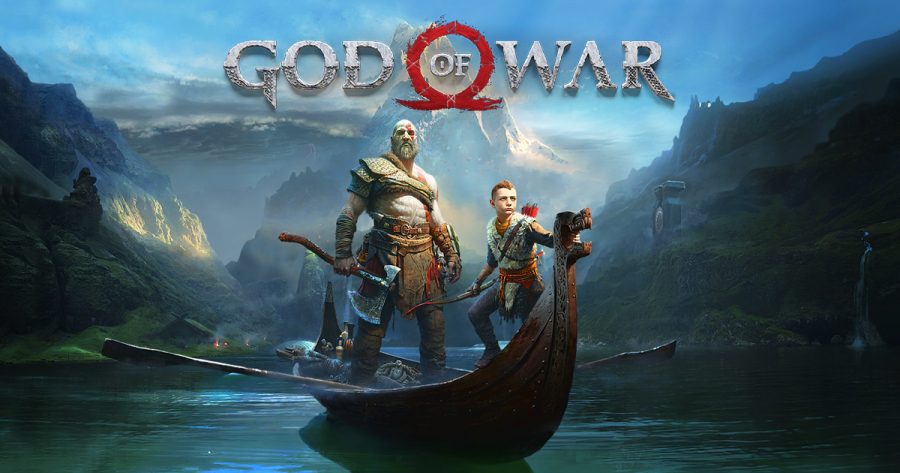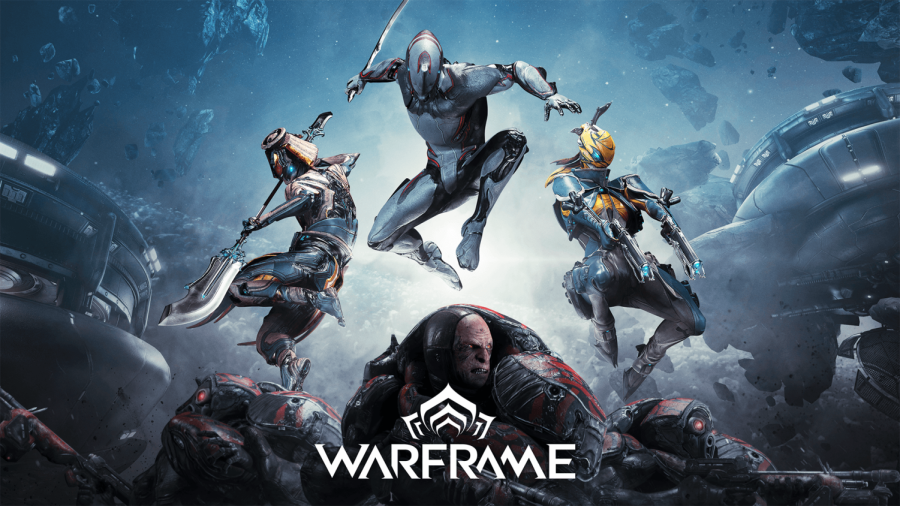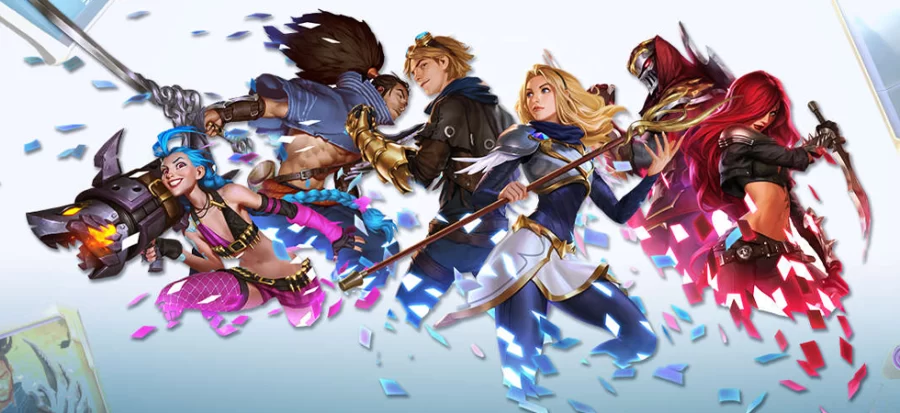 The God of War franchise goes all the way back to the year 2005, and it was a big hit in the gaming industry, as well as a bit controversial for the amount of violence it featured. And since 2005, up until 2018, there have been six installments released, with each one showing more of Kratos’ human side.
The God of War franchise goes all the way back to the year 2005, and it was a big hit in the gaming industry, as well as a bit controversial for the amount of violence it featured. And since 2005, up until 2018, there have been six installments released, with each one showing more of Kratos’ human side.
The third console game in the God of War series came out in 2010. It is the end to the original story, as Kratos finally achieves what he has long desired: having his revenge on the Greek pantheon and killing them all.
By the end of the game, Kratos uses the Blade of Olympus to release all the “hope” from himself and to give it back to humanity, but in the process he has to die. However, if you stick long enough after the end credits, there is a clip showing a trail of blood leading away from the spot where the body of Kratos once lay.
With the whole game series left on a cliffhanger, there was a long eight year time period where there was no news about God of War. That was quickly changed when the fourth game in the God of War series was released in 2018. The whole gameplay had been revamped and the game was more focused on telling a richer story.
The new story of Kratos starts off with a scene of him cutting down a tree with a handprint on it. Kratos now has a big beard, his iconic Blades of Chaos are missing, and he is holding a Leviathan Axe.
Eventually, the player is introduced to Atreus, Kratos’ son, and many of the fans at this point may start asking a lot of questions. The developers, on the other hand, just offer some context clues that players can fill in about what has happened to Kratos throughout all these years, because they wanted to tell a different kind of story this time around.
The wood from the tree is ultimately used for the funeral fire for Katos’ deceased wife, Faye. The main goal of the game is to spread Faye’s ashes at the highest peak of all nine realms.
From that point on, we are shown how Kratos feels and acts around his son. The player sees the constant struggle of how he does not want to get too attached to Atreus, but he also desires to know and protect him. From his past mistakes and the loss of his family, Kratos treasures his son, and wants to keep him safe by creating distance between the two of them.
That dynamic sets a story where Kratos gradually becomes more in touch with Atreus, but what is so great about this game is that the player becomes more and more reliant on him as well. Throughout the game, the player will need more and more help from Atreus in the battles against enemies. This not only creates a good game mechanic, but it connects the son much closer to the player as well.
Other than Atreus, there are multiple new interactive characters which have been added to the roster. One of them is Freya, a witch that lives in the woods and helps the player on their journey. There are also Brok and Sindri, brother dwarves who originally crafted the Leviathan Axe, but who have parted ways due to personal disagreements.
Although these characters are great, the number one spot belongs to the character Mimir, the smartest man in all the nine realms. His addition to the game gives the player much more insight into the history and mythology of the Norse world. With the stories he tells and the jokes he provides, Mimir really builds his character and makes him a very charming persona.
With a new story, there is also a new way to play the game. The traditional camera that had been there since the inception of the game has been repositioned with a more modern and streamlined shot behind Kratos’ shoulder. Although this change is pretty bold, in the long run it is worth it. It allows for a much more refreshing feeling of the gameplay and makes the combat much more interactive. The combat is now much more engaging, because you have to be more aware of your surroundings to be able to combo and dodge at the right time.
One of the biggest mechanics of God of War has been the ability to travel to different realms. There are in total nine realms in Norse mythology: Midgard, Alfheim, Asgard, Vanaheim, Niflheim, Muspelheim, Helheim, Svartalfheim, and Jotunheim. In the game you only travel to Alfheim, Helheim, Jotunheim, Muspelheim, and Niflheim, with Midgard being the main realm where Kratos and Atreus spend most of their time.
Overall, God of War has been one of the biggest hits and one of the main reasons why people bought a PlayStation 4. It was, and still is, a great way to reboot a series so that many more people would enjoy the game.
The upcoming God of War: Ragnarok will reportedly be the last game in the Norse pantheon, and it will allow players to finally travel to all nine realms as well. This means that Ragnarok is going to be the part that will tie up all of those loose ends, and hopefully transition into the next mythology.












